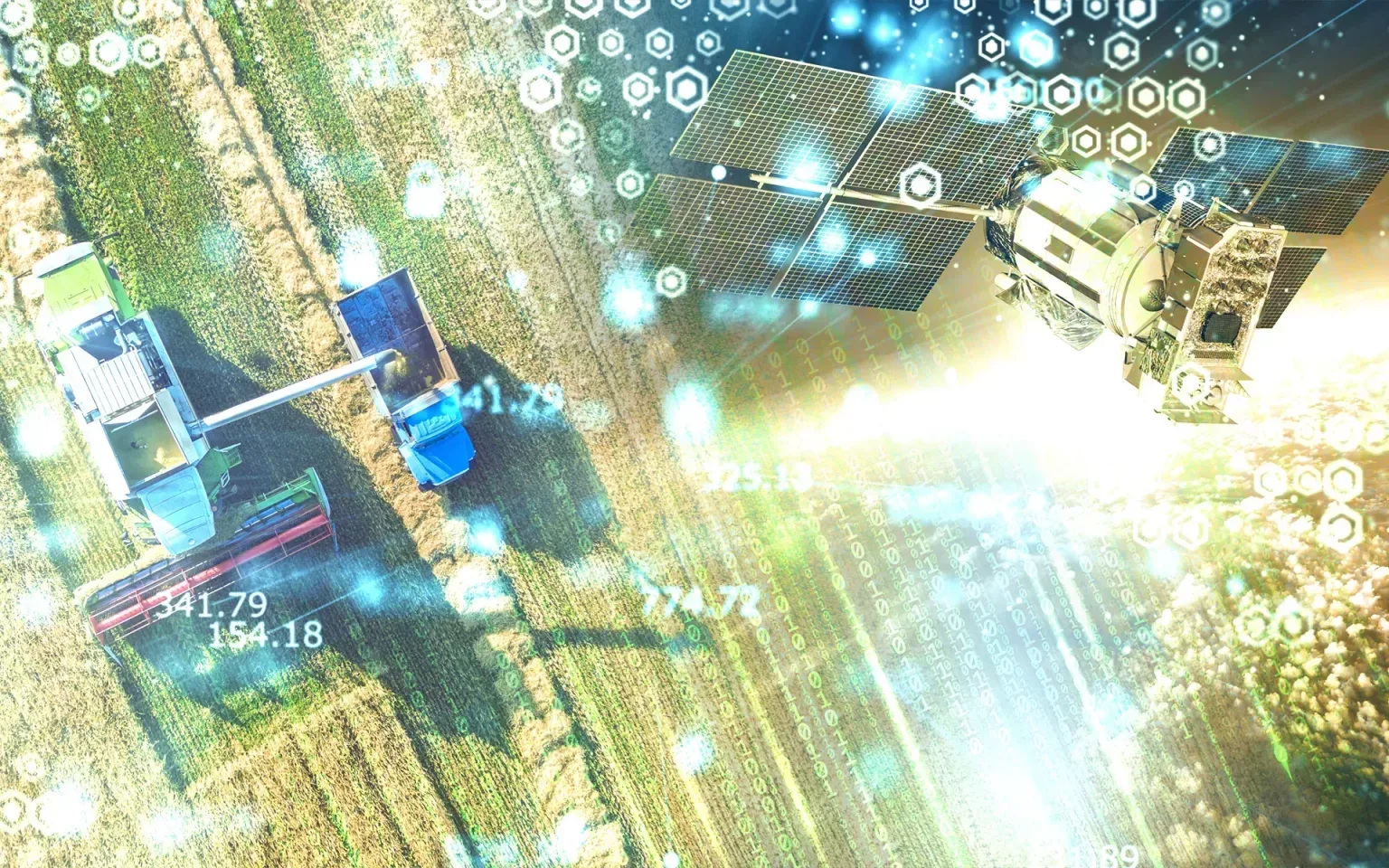INTRODUCTION
SATELLITE-DRIVEN SOLUTIONS
The agri-sat will help farmers decide whether to increase or decrease water supply to a specific patch of land, or if there is a need to improve the current soil quality to cultivate a certain crop in the future. Such targeted insights can reduce adverse impacts on the ecosystem caused by use of fertilisers and pesticides or through building new water channels, resulting in less runoff chemicals into rivers and groundwater.
This data will also support growers in reducing carbon dioxide emissions, detecting heat, cold and water stress, and averting pest attacks, thus helping them adopt sustainable agricultural practices.
The satellite is only the first of a seven-satellite constellation in low Earth orbit for EOS Data Analytics. The remaining six satellites will be deployed by 2025. Together, the seven satellites will have 100 percent coverage of all farmlands and forests globally – and will be able to cover an area of over 10,000,000 km2 in one day.
ENVIRONMENTAL BENEFITS
All the information gained from the EOS SAT-1, and eventually the seven-satellite constellation, will provide important environmental benefits for the planet and help better manage our natural habitats for increasing crop growth and maintaining biodiversity. As a result, farming will become more sustainable, productive, and profitable, which will increase global food security by improving access to food supplies and helping ensure reasonable prices.
EOS SAT-1 is a testament to how South Africa’s space industry has grown over the past 20 years to a point where it now has the Earth observation capabilities to support not just South Africa, but also the rest of Africa, in industries like coastal safety, forestry, town and infrastructure planning.
Dragonfly Aerospace has a state of the art 3,000m2 manufacturing facility and a roster of international clients, including EnduroSat, Loft Orbital and Pixxel.
Some of our employees have been involved with South Africa’s aerospace industry in 1999, which saw the launch of the country’s first Earth observation satellite. This experience and knowledge are what enables us to be a leading authority in earth observation data and showcase South Africa’s capabilities in the global space industry.
Like anyone in the space industry, I am passionate about space and pushing the boundaries of what we know. But I strongly believe that we need to explore Earth first and develop a deeper understanding of how our planet works.
Earth observation and imaging will give us answers on how to tackle pressing issues such as food insecurity and climate change. By embracing new technology and using it to enhance our agricultural systems, we can make the world a more sustainable place to live in.






























